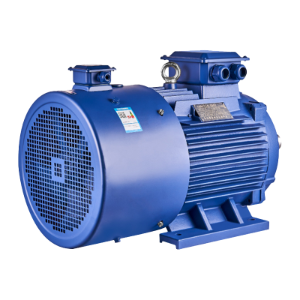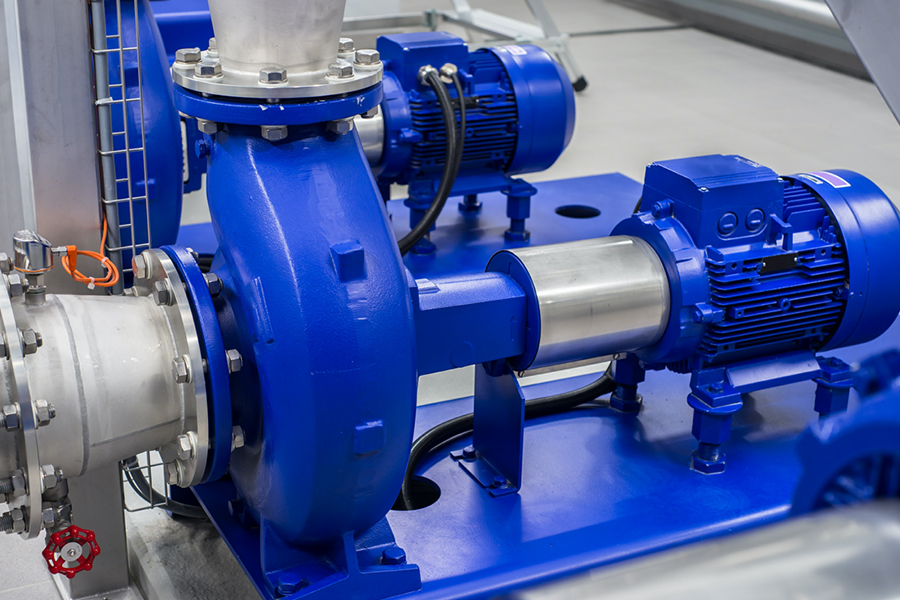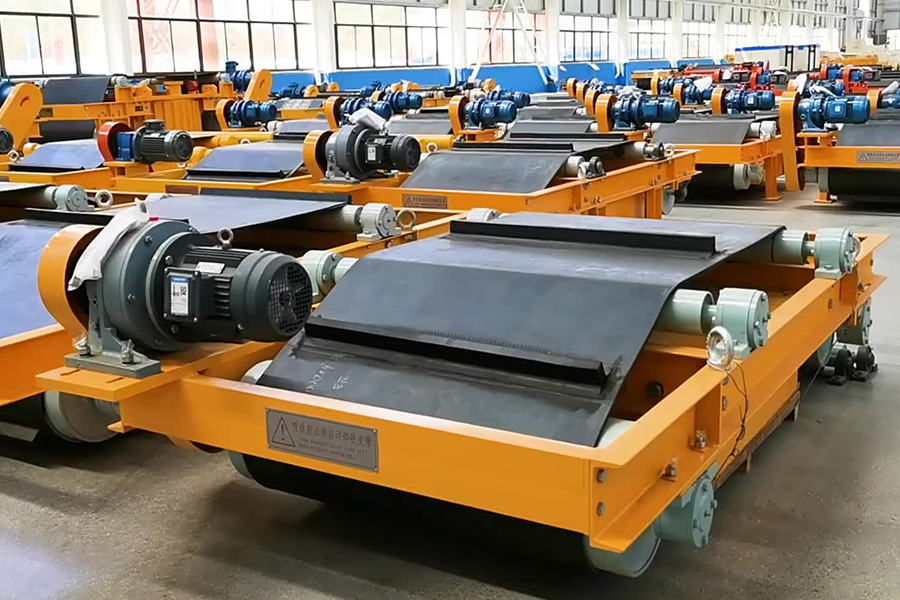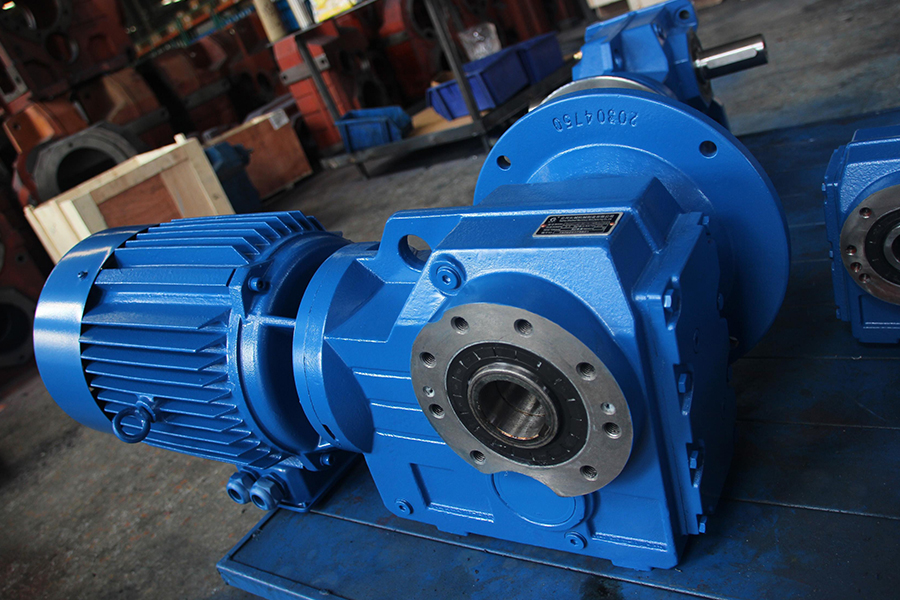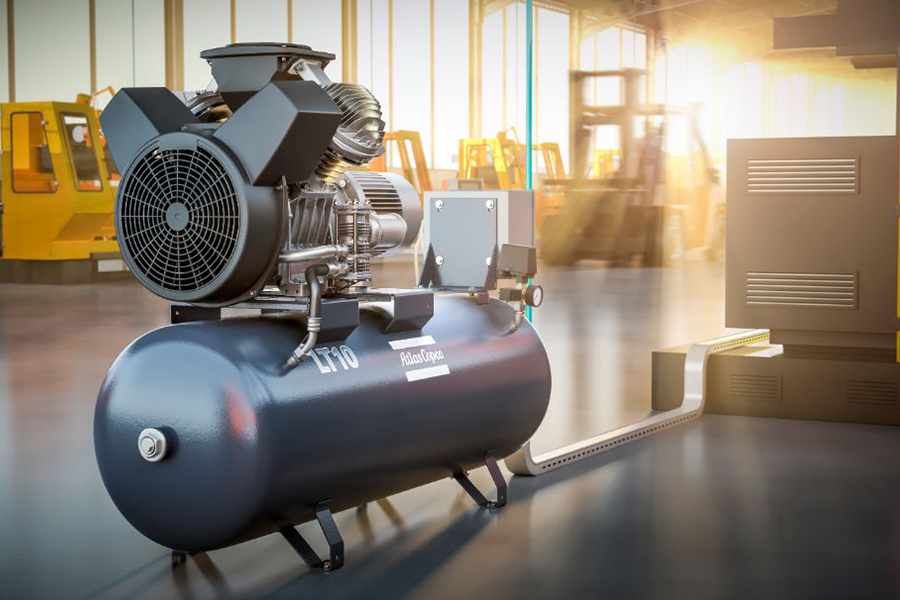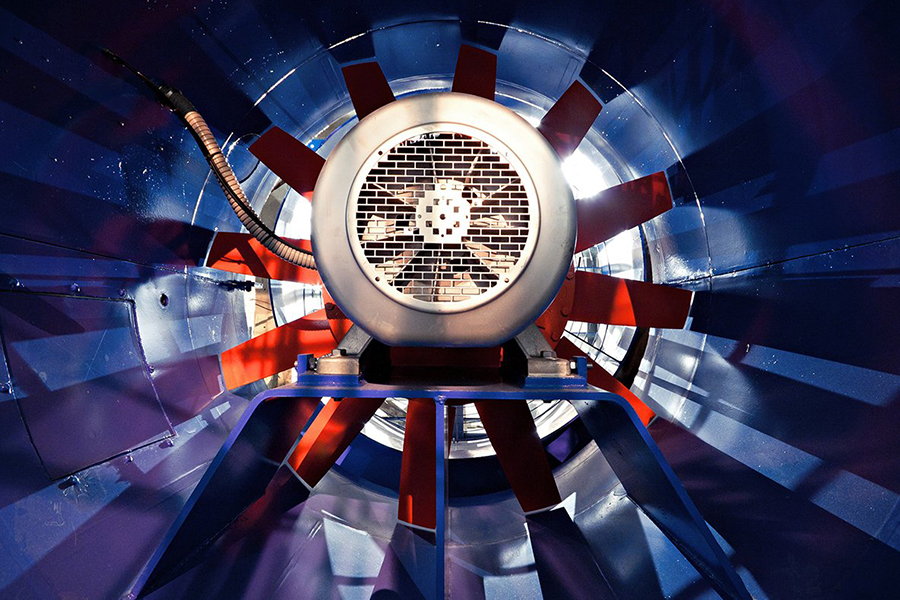In today's fast-paced industrial environment, businesses are constantly seeking ways to improve efficiency and reduce costs. One of the most effective methods is through the use of frequency drives for three-phase motors or variable speed drive motors. These technologies allow companies to better control the speed and operation of their machinery, resulting in optimized production processes. This article will guide you through the key factors to consider when deciding whether to implement frequency drive or variable speed drive technology.
Demand Analysis: Do You Need Frequency or Variable Speed Drives?
Before deciding whether your business needs a frequency drive for a three-phase motor or a variable speed drive motor, it's essential to analyze your specific operational requirements. Key factors to consider include:
YVP Frequency Conversion Speed Control Series Motors
Operational Flexibility
If your production process requires flexibility in motor speeds, implementing a variable speed drive motor can provide that control. These drives allow for a wide range of speed adjustments, making them ideal for industries such as manufacturing and HVAC, where motor speed variations can optimize energy usage and improve output.
Energy Efficiency
Businesses looking to reduce energy consumption should consider the benefits of using frequency drives for three-phase motors. These systems are known for their ability to control motor speeds based on load requirements, which can reduce energy waste during low-demand periods.
Cost Considerations
While both frequency drives and variable speed drives involve upfront costs, the long-term savings in energy consumption and equipment maintenance often outweigh these initial expenses. It's important to evaluate your budget and long-term goals when making a decision.
Solution Comparison: Frequency Drives vs. Variable Speed Drives
Choosing between a frequency drive for three-phase motors and a variable speed drive motor depends on various factors such as performance, cost, and the nature of the application. Here's a detailed comparison to help you make an informed decision:
Performance
*Frequency Drive for Three-Phase Motors: These drives are ideal for applications that require consistent motor performance across different power conditions. They are commonly used in heavy machinery, where they offer precise control over motor speed without compromising performance.
*Variable Speed Drive Motor: In contrast, variable speed drives allow motors to operate at varying speeds, making them good for applications that require frequent speed adjustments, such as conveyor systems and pumps. These drives offer improved control over motor speed, leading to better energy management.
Cost
*Frequency Drive: While more affordable for initial setup, these drives can lead to long-term savings through better energy efficiency and reduced wear on motors.
*Variable Speed Drive: These tend to be more expensive, particularly in complex applications requiring extensive speed variability. However, they are worth the investment for industries where frequent speed adjustments directly impact productivity.
Applicable Scenarios
*Frequency Drives are suited for industries where motors need to maintain a consistent speed over long periods, such as manufacturing plants or HVAC systems.
*Variable Speed Drives excel in situations requiring precise control over varying loads, like water treatment facilities, conveyor systems, and equipment requiring start-stop operations.
Implementation Steps for Frequency and Variable Speed Drive Solutions
Once you've determined the most suitable solution for your business, the next step is implementation. Here's an outline of the basic steps involved:
Equipment Selection
Selecting the right frequency drive or variable speed drive motor involves matching the drive's specifications to your operational needs. Consulting with suppliers or manufacturers can help identify the better fit for your requirements.
Installation and Setup
Proper installation is key to maximizing the benefits of either system. For frequency drives, ensure they are installed by professionals familiar with motor control systems. Similarly, variable speed drive motors need to be configured correctly to achieve the desired speed control.
Training and Operation
Once installed, staff should be trained to operate the new system. This includes understanding the control settings, monitoring motor performance, and making speed adjustments when necessary.
Success Stories: Businesses Benefiting from Drive Solutions
Many businesses have successfully implemented either frequency drives or variable speed drive motors to improve their operational efficiency. Here are a few examples:
Manufacturing Plant
A large-scale manufacturer installed frequency drives for their three-phase motors to control the speed of their assembly line machinery. This resulted in a 20% reduction in energy consumption during off-peak production periods, translating into significant cost savings.
Water Treatment Facility
A water treatment plant adopted variable speed drive motors to manage pump speeds more efficiently. The result was a 30% increase in productivity, as the system could adapt to varying water flow demands without overloading the motors.
HVAC System Upgrade
A commercial building upgraded its HVAC system by installing frequency drives, leading to more precise climate control and energy savings during low-demand periods, particularly at night and during weekends.
Choosing the right drive solution—whether it's a frequency drive for three-phase motors or a variable speed drive motor—is crucial for improving your business's efficiency and reducing costs. By analyzing your operational needs, comparing different drive solutions, and following the correct implementation steps, you can select the technology that better fits your business. As seen in real-world examples, the right choice can lead to long-term success, increased productivity, and reduced energy consumption.

 English
English 中文简体
中文简体 عربى
عربى



